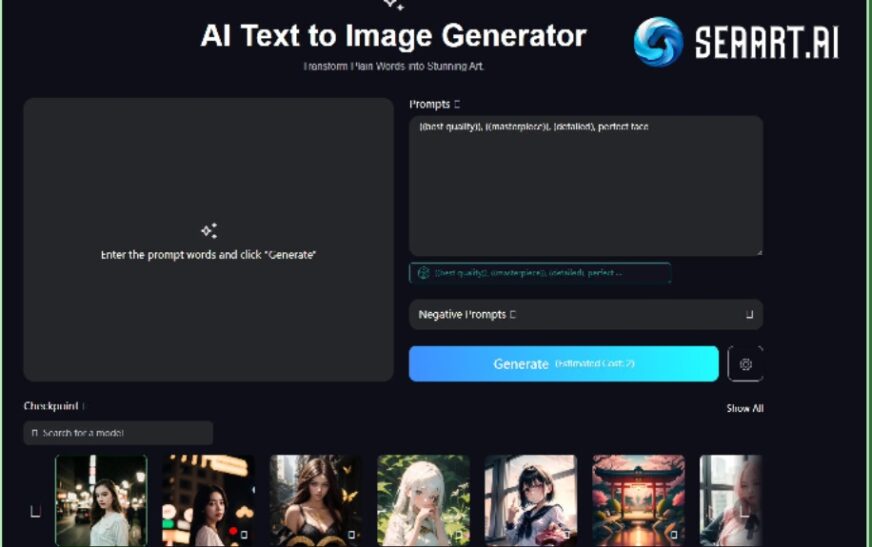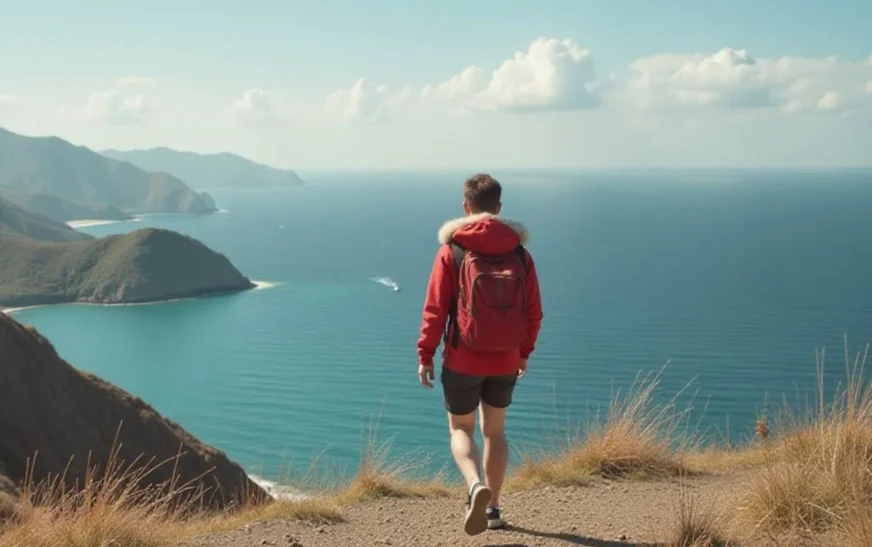In recent years, artificial intelligence (AI) has made significant strides in various fields, and one of the most fascinating advancements is the development of AI image generator from text. These innovative tools enable users to create stunning images based solely on descriptive text prompts. The integration of natural language processing and deep learning techniques allows these generators to produce unique visual content that caters to diverse creative needs.
How AI Image Generators Work
AI image generators typically rely on a combination of two main technologies: natural language processing (NLP) and generative adversarial networks (GANs). NLP helps the AI understand and interpret the input text, while GANs are responsible for generating images that match the given description.
- Text Interpretation: When a user inputs a textual description, the AI uses NLP algorithms to analyze the words, phrases, and context. This step is crucial as it ensures that the AI accurately captures the essence of the user’s request.
- Image Generation: Once the text is interpreted, the AI employs GANs to generate images. GANs consist of two neural networks—the generator and the discriminator. The generator creates images based on the input, while the discriminator evaluates these images against real images. Through this iterative process, the generator learns to produce increasingly realistic images that align with the user’s description.
- Output and Refinement: After generating an initial image, the AI may refine the output based on additional user feedback or specific requirements. This iterative approach allows users to tweak details, ensuring that the final image meets their expectations.
Applications of AI Image Generators
AI image generators from text have a wide range of applications across various industries:
- Marketing and Advertising: Businesses can quickly create visuals for campaigns, social media posts, and product advertisements without the need for extensive design resources.
- Gaming and Entertainment: Developers can generate concept art, character designs, and landscapes based on narrative descriptions, streamlining the creative process.
- Education and Training: Educators can create customized visuals for teaching materials, enhancing the learning experience by providing visual context.
- Personal Projects: Artists and hobbyists can explore their creativity by generating images that reflect their ideas, allowing for experimentation without the constraints of traditional art creation methods.
- Free AI Art Generators: Many platforms offer free AI art generator, making it accessible for anyone to create stunning visuals from text. These free tools can be a great starting point for those looking to experiment with AI-generated art without financial commitment.
Benefits and Limitations
The benefits of using AI image generators from text are numerous. They save time and resources, provide access to high-quality visuals, and foster creativity by allowing users to visualize concepts that may be difficult to articulate. However, there are limitations as well. The quality of the generated images can vary, and sometimes the AI may misinterpret the input, leading to unexpected results. Additionally, ethical considerations surrounding copyright and the originality of generated content are ongoing discussions in the AI community.
Conclusion
AI image generators from text represent a groundbreaking fusion of technology and creativity. By transforming textual descriptions into visually appealing images, these tools empower individuals and businesses alike to bring their ideas to life. As the technology continues to evolve, we can expect even more sophisticated capabilities, enhancing the creative landscape across various sectors.
FAQs
Q1: How do I use an AI image generator from text?
A1: Simply input a descriptive text prompt into the AI image generator, and it will produce an image based on your description.
Q2: Are the images generated original?
A2: While AI image generators create unique images based on your prompts, the originality can vary, and there are ongoing discussions about copyright issues.
Q3: Can I modify the generated images?
A3: Many AI image generators allow for some level of modification and refinement based on user feedback to achieve the desired result.
Q4: What are some popular AI image generators?
A4: Some popular AI image generators include DALL-E, Midjourney, and Stable Diffusion, each with unique features and capabilities.
Q5: Are there any costs associated with using AI image generators?
A5: Many AI image generators offer free versions with limitations, while others may have subscription models or pay-per-use options for advanced features.







